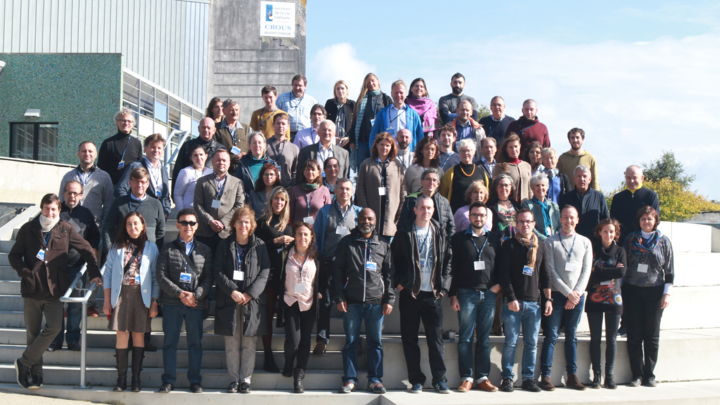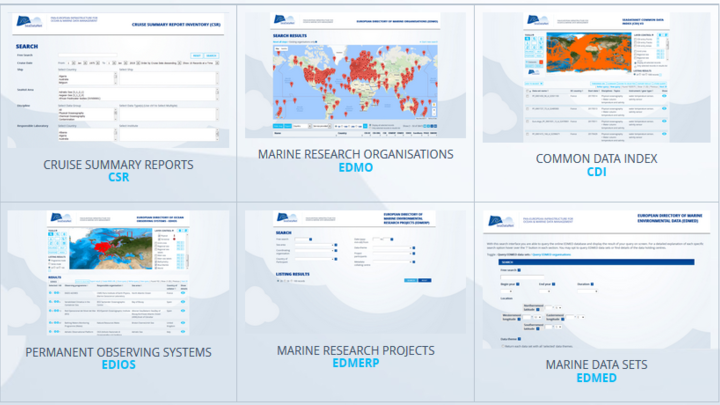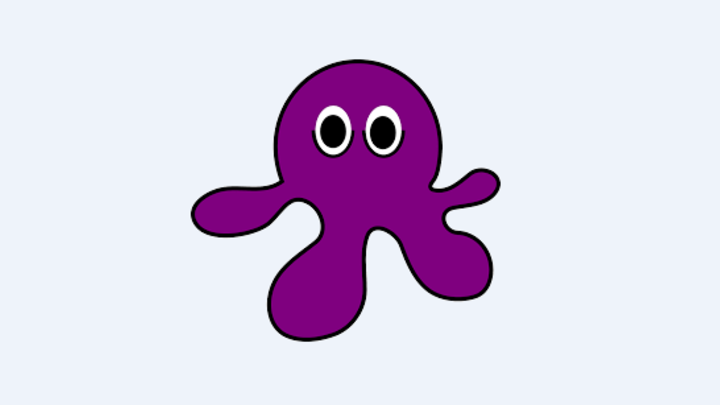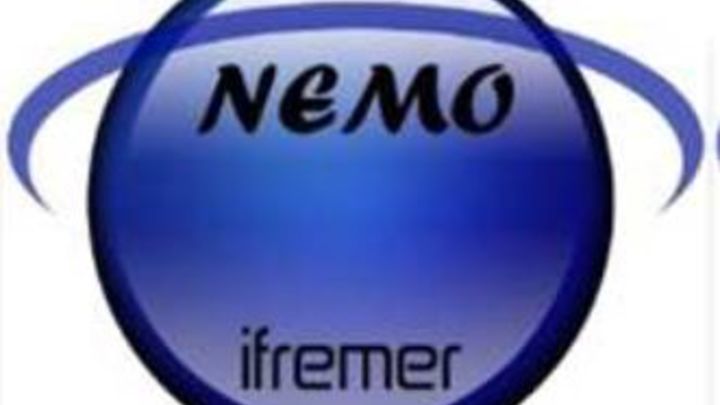ODV
SeaDataNet has adopted the freely available Ocean Data View (ODV) software package as its fundamental data analysis and visualisation software.
ODV provides interactive exploration, analysis and visualization of oceanographic and other geo-referenced profile or sequence data. It is available for all major computer platforms and currently has more than 40,000 registered users. ODV has a very rich set of interactive capabilities and supports a very wide range of plot types. This makes ODV ideal for visual and automated quality control.
The latest release overcomes many limitations of previous versions and now supports more flexible metadata models, an unlimited number of variables and custom quality flag schemes, and fit for loading and aggregating data sets in the SeaDataNet ODV ASCII format.
The ODV software is also being used in SeaDataNet for producing generic data products for each of the regional seas for various variables. The DIVA software tool ( Data-Interpolating Variational Analysis ) allows to spatially interpolate (or analyse) those observations on a regular grid in an optimal way. As a part of SeaDataNet, the DIVA method has been integrated into ODV, and the integration greatly facilitates the usage of DIVA. Features supported by the ODV/DIVA integration include proper treatment of domain separation due to land masses and undersea ridges or seamounts and the realistic estimation of water mass properties on both sides of the divides. This is important in areas, such as the Kattegat, with many islands separated by narrow channels.
In the frame of seaDataCloud webODV has been developed: webODV consists of a suite of online services based on ODV software, in case you prefer to work on the cloud using our free VRE. webODV is designed to interactively perform analysis, exploration and visualization of ocean data. webODV allows users to aggregate large numbers of SeaDataNet data files and perform quality control.
ODV is fit for use on Windows, Mac and Unix platforms. ODV has been initially developed for WOCE, and is now further developed as part of SeaDataNet by partner AWI.






